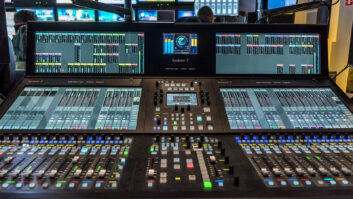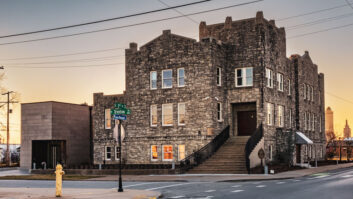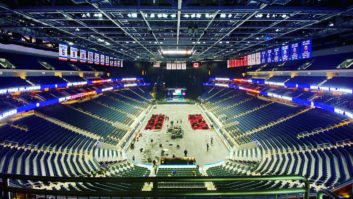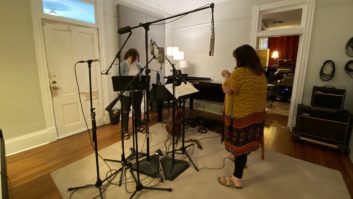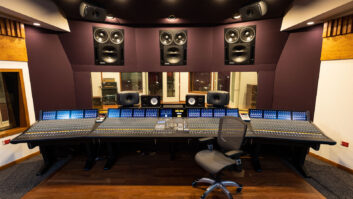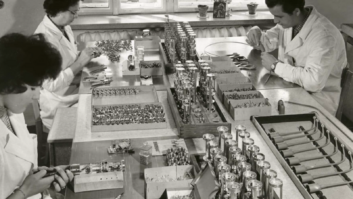Frank Wells
[email protected] When welcoming attendees at this summer’s 50th AES International Conference on Audio Education at Middle Tennessee State University, the new dean of the MTSU College of Mass Communications, former USA Today editor-in-chief Ken Paulson, related conversations he has had with parents of prospective students, with some of them asking questions such as, “Newspapers and magazines are going away—should we really let our daughter pursue a degree in journalism?” Or, “I hear the music business is dying; why should my son consider one of your Recording Industry degree programs as a worthwhile major?”

So I could go back and ponder it later, I noted the point on my recorder when Paulson gave his perspective on such questions: “It’s so shortsighted and frankly, discouraging, because obviously what you’re doing is not presiding over a dying industry; you’re reinventing the industry.”
That’s where much of professional audio finds itself today—on the cusp of a new industry. In some cases, the former ways of doing business will simply provide a foundation: something to stand on, to walk on, to build upon. You won’t see much of the old when the new is built. In other areas, the framework and infrastructure are sound and the new is evidenced in additions to the core, sometimes in fantastical new shapes.
The latter restructuring, where not only the foundation but core infrastructure remains intact, applies to audio technology. Yes, digital audio and commoditization of sophisticated capabilities are transforming the structure, but physics haven’t changed. Sound still begins as analog and ends as analog. Transducers are still required on both ends of the process to interface acoustic sources with an eventual listener separated by time or space. Key aspects of the processes of audio production remain intact and cannot be built over. A recording session, a live concert, a broadcast—the tools we use have become more complex, more capable, but an engineer who worked in any of those areas even decades ago would recognize today’s sessions and gigs for what they are, even if some of the tools might seem bizarre and strange to them. Carpenters from the 1800s would still recognize today’s hammers. A nail gun might throw them for a loop, but they would latch onto the concept and utility of application pretty quickly.
Audio tools will continue to evolve. Eventually, we might even get to the point of widespread implementation of new interfaces that don’t harken back to the physical layout of console and outboard gear of the 20th century. The next generation will have grown up totally digital and connected, with electronic toys in their hands from birth. They will accept and demand new approaches. And there are some processes that emerge that demand new visuals and controls, processes that have no analog corollary. CEDAR Retouch comes to mind as a process that demanded a new thought process and interface approach when it was introduced (now a decade ago!). Celemony’s Melodyne is another example (also now a decade old—I’ll make a note to ponder more recent examples). Amidst the recreations of standard tools in digital form, the EQs and dynamics processors and mixers, clever and radical new processing and operational paradigms will continue to emerge, a trickle that will become a flood.
Back on the business side of the industry, many portions of the former operating models are not going to stand. The structures are not sound. They will be crushed into a foundation upon which to build the industry of tomorrow. The challenges are great. In this month’s State Of The Industry coverage, you’ll learn how some of your compatriots are facing these challenges, how their businesses are adapting while the technology and marketplace continue to morph into new forms. As I told a group of students myself when asked once how the industry will look 10 years from now, “I don’t know. You all will be the ones to shape it. You tell me.” We’ll be watching how you evolve.

